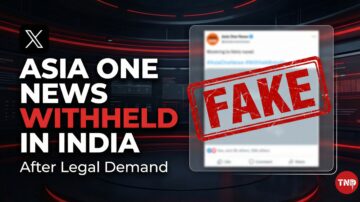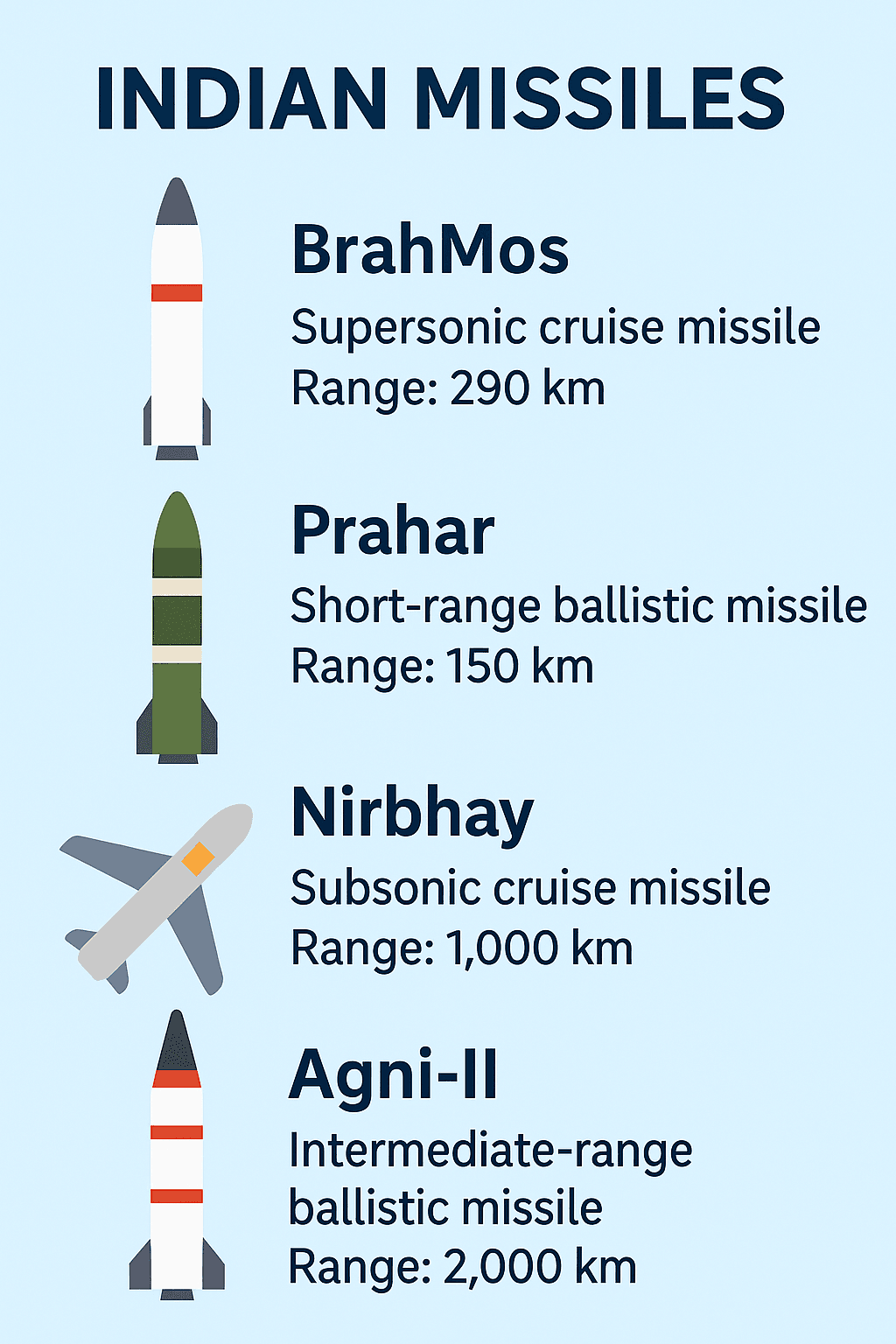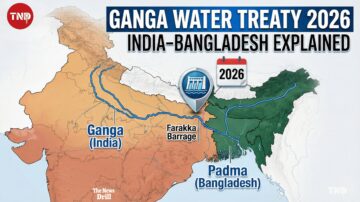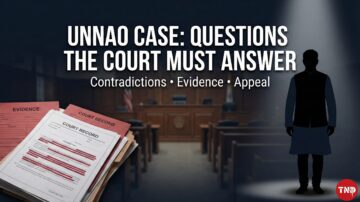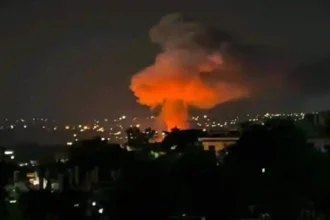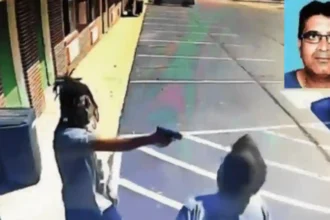AUSTIN, Texas – June 22, 2025 (Tentative) – Tesla is set to mark a major milestone in autonomous transportation by launching its first robotaxi service in Austin, Texas. CEO Elon Musk confirmed on June 11 via X that the service will tentatively begin public operations on June 22, though he added: “We are being super paranoid about safety, so the date could shift.”
Pilot Phase: 10–20 Model Y SUVs
In its initial phase, Tesla plans to deploy a small fleet of 10–20 driverless Model Y SUVs, operating within geofenced areas of Austin. These vehicles will be fully autonomous—no safety driver onboard—but teleoperators will remotely monitor the system to ensure passenger safety. Tesla will roll out the robots gradually, scaling to “20, 30, 40” vehicles in quick succession, aiming for 1,000 robotaxis nationally within months.
Direct From Factory to Doorstep
Elon Musk disclosed that starting June 28, Teslas will autonomously drive from the factory straight to customers’ homes—“first Tesla that drives itself from factory end of line all the way to a customer house”. Crucially, these vehicles are unmodified units fresh from the factory, relying solely on Tesla’s Full Self-Driving (FSD) software.
Expansion Plans and Market Context
Tesla’s ambitions extend well beyond Austin. Musk mentioned forthcoming operations in Los Angeles, San Antonio, and San Francisco, with projections of over 1 million self-driving Teslas on U.S. roads by end of 2026 . Analysts caution these targets may be overly optimistic—previous premature promises on autonomy have faced criticism . Indeed, research firms like Baird and Argus recently downgraded Tesla’s stock, citing inflated expectations around the robotaxi rollout and risks tied to safety and regulation.
Competitive Landscape & Regulatory Headwinds
While Tesla pilots its service, rivals are already operating. Alphabet’s Waymo runs fully driverless taxis—with 250,000+ rides per week across many cities—including Austin via Uber partnerships. Waymo vehicles deploy a combination of cameras and LiDAR, while Tesla relies on a camera-first AI strategy, which Musk says keeps costs significantly lower.
However, Tesla will be stepping into complex regulatory waters. Federal scrutiny remains high, especially in light of recent high-profile Autopilot investigations and Musk’s public feud with political figures like former President Trump—which sent Tesla’s stock tumbling 14% before a modest rebound.
What Riders Can Expect
Details remain limited about ride access, pricing, and coverage zones. Tesla is expected to introduce a dedicated ride-hailing app, featuring geofenced pick-up zones and customization options like climate control. However, the service remains in pilot mode, with many operational aspects still under wraps.
Summary
Tesla’s robotaxi launch in Austin on June 22 (tentative) represents a watershed for the brand—transforming its vehicles into revenue-generating assets and testing the limits of autonomy on public roads. Yet mounting skepticism—over regulatory approval, safety, and realistic scaling—suggests Tesla is walking a fine line between innovation and overreach.
Stay tuned to The News Drill for comprehensive coverage of the launch and its ripple effects in the race toward full autonomy.



